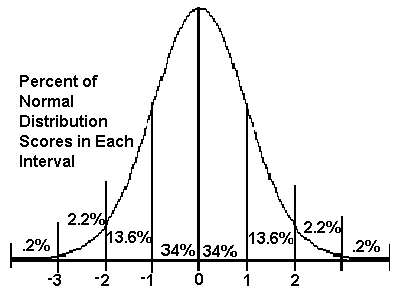Political economist Anthony Downs postulated a theory about politics and political party formation in a book written in the 1950's entitled An Economic Theory of Democracy. The underlying and basic question which Downs posed in his book was, "Why do some political systems evolve into two party systems while other societies have multiparty systems?" Downs based his theory on four basic assumptions.
The Four Assumptions of Downs
- Two party systems provide stable and effective government where the society has a large measure of ideological consensus. (Think of the normal distribution curve, which resembles a bell curve, with a bullseye in the middle. Most Americans are moderate.)
- In two party systems, it is "profitable" for parties to resemble one another; NOT in a multiparty system. (Both parties move toward the mean [middle], towards more votes!)
- In a society with ideological equilibrium, the number of parties and ideological positions will stabilize itself over time and perpetuate itself. (It will balance itself out.)
- In a two party system, it is rational for each party to encourage voters to behave irrationally (non-ideologically) by making party platforms vague and ambiguous. (In 1964 Senator Barry Goldwater ran an ad which backfired against him. It said: "In your heart, you know he's right." His opponent used that against him by saying that he is right, he's too far right! The implication was that Goldwater was way too conservative and this was pulling the Republican party too far to the right. In 1972 Democratic Senator George McGovern argued that the America ideological continuum was Liberal. This worked against him by suggesting that the mainstream was liberal-minded. Nixon won the presidency.)

Auuggh! Enough studying...maybe I'll try to get some sleep before I go to class. I have TWO major tests TODAY!!!
No comments:
Post a Comment